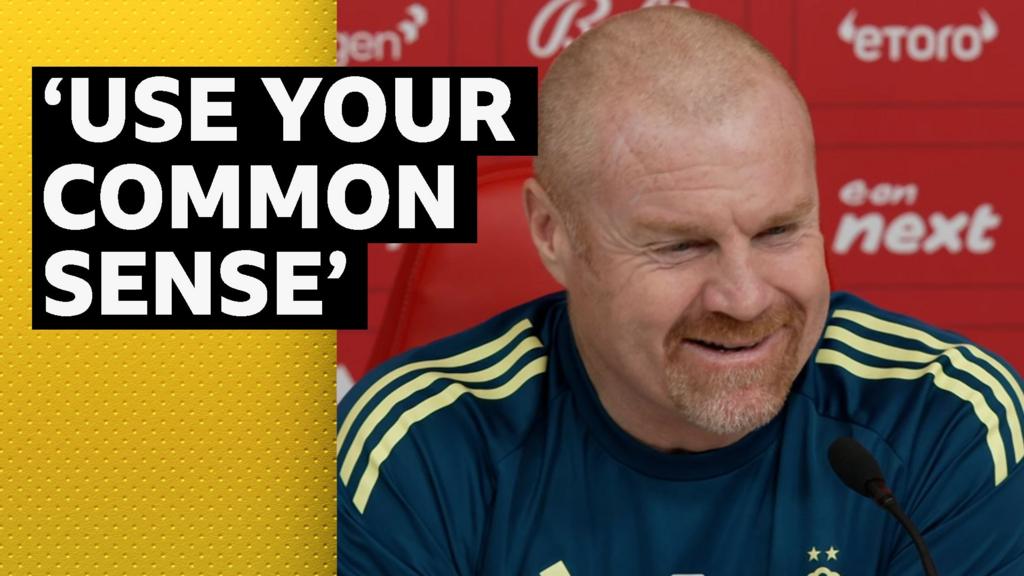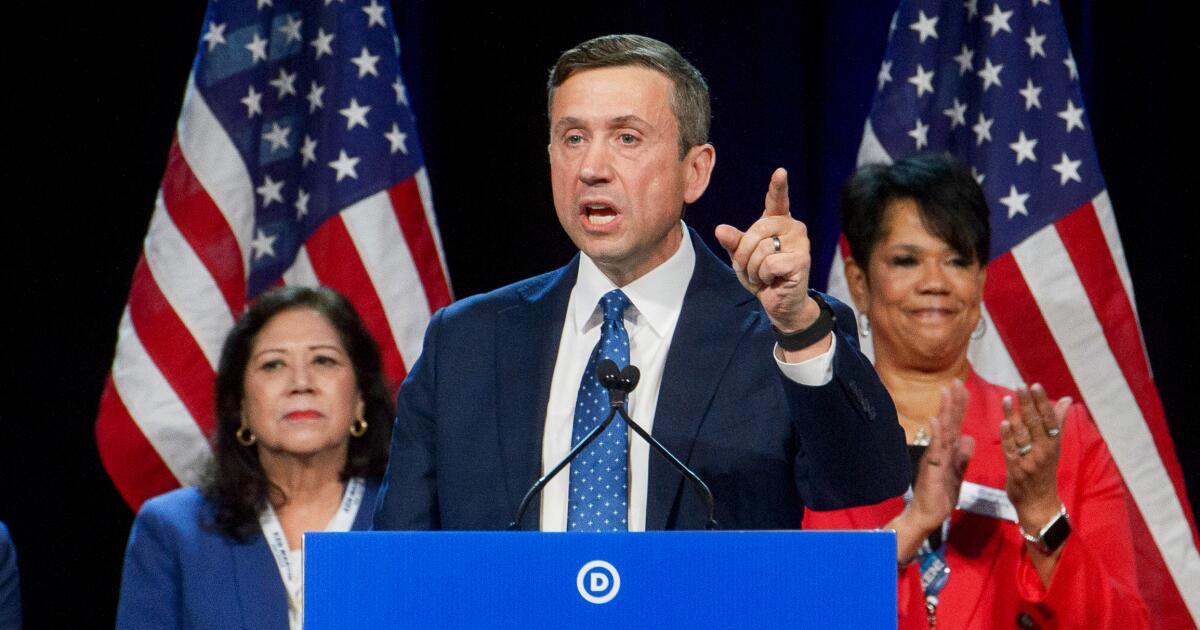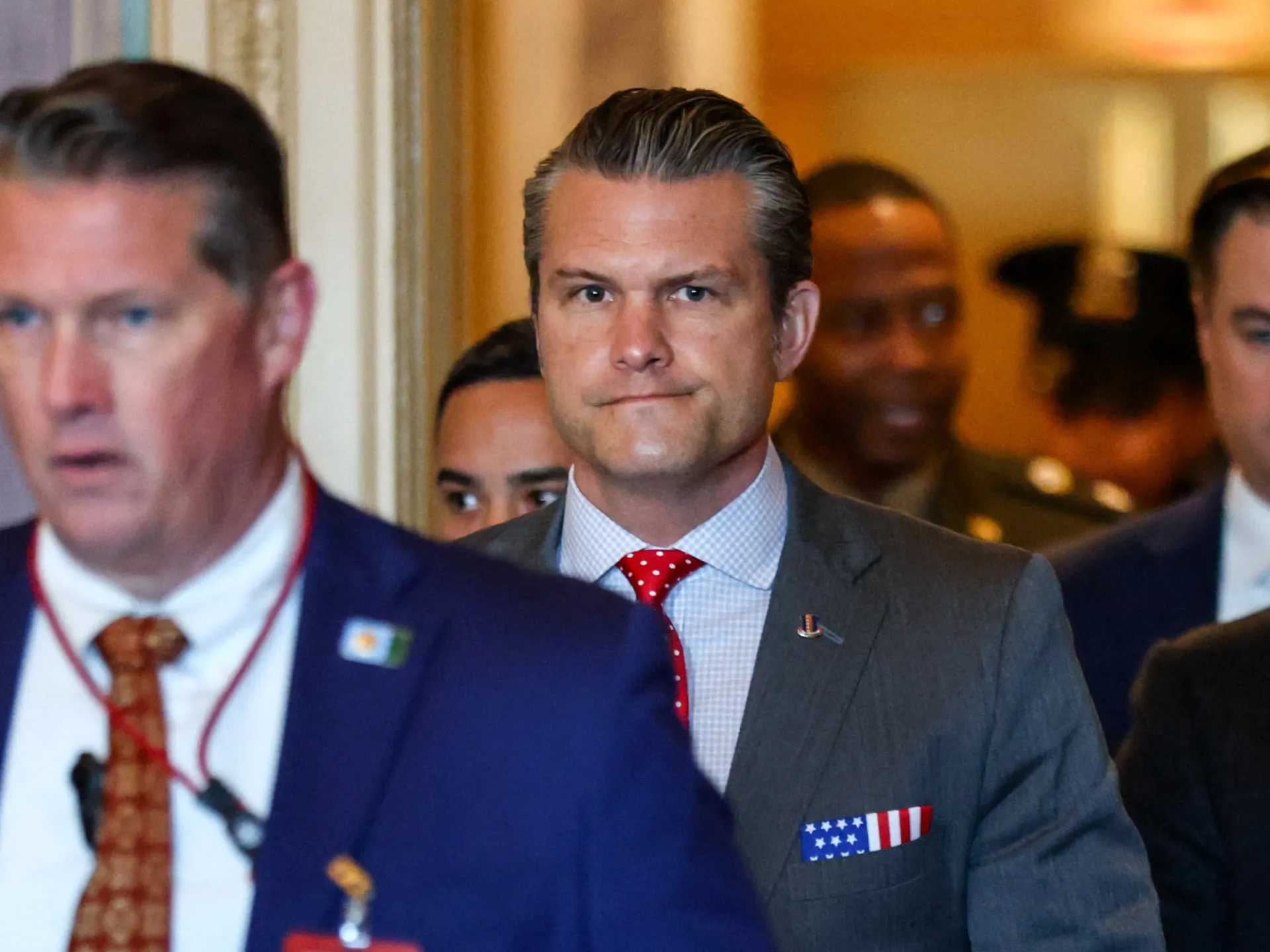Russian President Vladimir Putin, speaking at his highly choreographed annual question-and-answer session in Moscow, has said his Ukrainian counterpart Volodymyr Zelenskyy refuses to discuss territorial concessions.
The comments were made on Friday during the “Results of the Year” event, where Putin fielded questions from millions of Russians on topics ranging from domestic policy to the war.
Recommended Stories
list of 3 itemsend of list
Putin’s remarks are the latest in a drumbeat of often-repeated maximalist Russian positions nearly four years after he ordered troops into the neighbouring country, as United States President Donald Trump intensifies diplomatic efforts to broker a peace deal between Moscow and Kyiv.
The issue of territory gained, lost, to be ceded or not, delves into the heart of the matter on one of the most contentious issues in the talks to end the war so far.
“We know from statements from Zelenskyy that he’s not prepared to discuss territory issues,” Putin told attendees at the event in the capital’s Gostiny Dvor exhibition hall. Zelenskyy has indeed stated that clearly, but Ukraine’s constitution also forbids the ceding of land.
Putin has demanded Ukraine cede all territory in four key regions his forces have captured and occupied, along with Crimea, which Moscow seized and annexed in 2014.
He also wants Ukrainian troops to withdraw from parts of eastern Ukraine that Russian forces have not yet taken in the eastern Donetsk region, where fighting remains attritional – conditions Kyiv has rejected outright.
Putin projected confidence about battlefield progress, saying Russian forces had “fully seized strategic initiative” and would make further gains before the year ends.
Moscow’s larger army has made steady advances in recent months, seizing between 12 and 17 square kilometres (4.5 and 6.6 square miles) daily in 2025, according to Western assessments.
The Russian president also attacked Western handling of frozen Russian assets, labelling plans to use them for Ukraine as “robbery” rather than theft because it was being done openly.
“Whatever they stole, they’ll have to give it back someday,” he said, pledging to pursue legal action in courts he described as “independent of political decisions”.
European Union leaders agreed to provide a hefty $105bn interest-free loan to Ukraine to meet its military and economic needs in its war with Russia for the next two years, EU Council President Antonio Costa said.
The leaders decided early on Friday to borrow cash on capital markets to fund Ukraine’s defence against Russia rather than use frozen Russian assets, diplomats said.
The annual event, which Putin has held in different formats since 2001, drew about three million questions from Russians via phone, text and online platforms. An artificial intelligence system processed the queries to identify common themes.
Putin’s comments come at a pivotal moment, and are watched closely by Western officials who will want to get a read on how he intends to present the situation on the ground to the Russian public.
Trump has launched a major diplomatic push to end nearly four years of fighting, but negotiations have stalled over sharply conflicting demands from Moscow and Kyiv.
US officials estimate that Russia and Ukraine have suffered more than two million casualties since Moscow launched its invasion in February 2022. Neither side discloses reliable loss figures.






